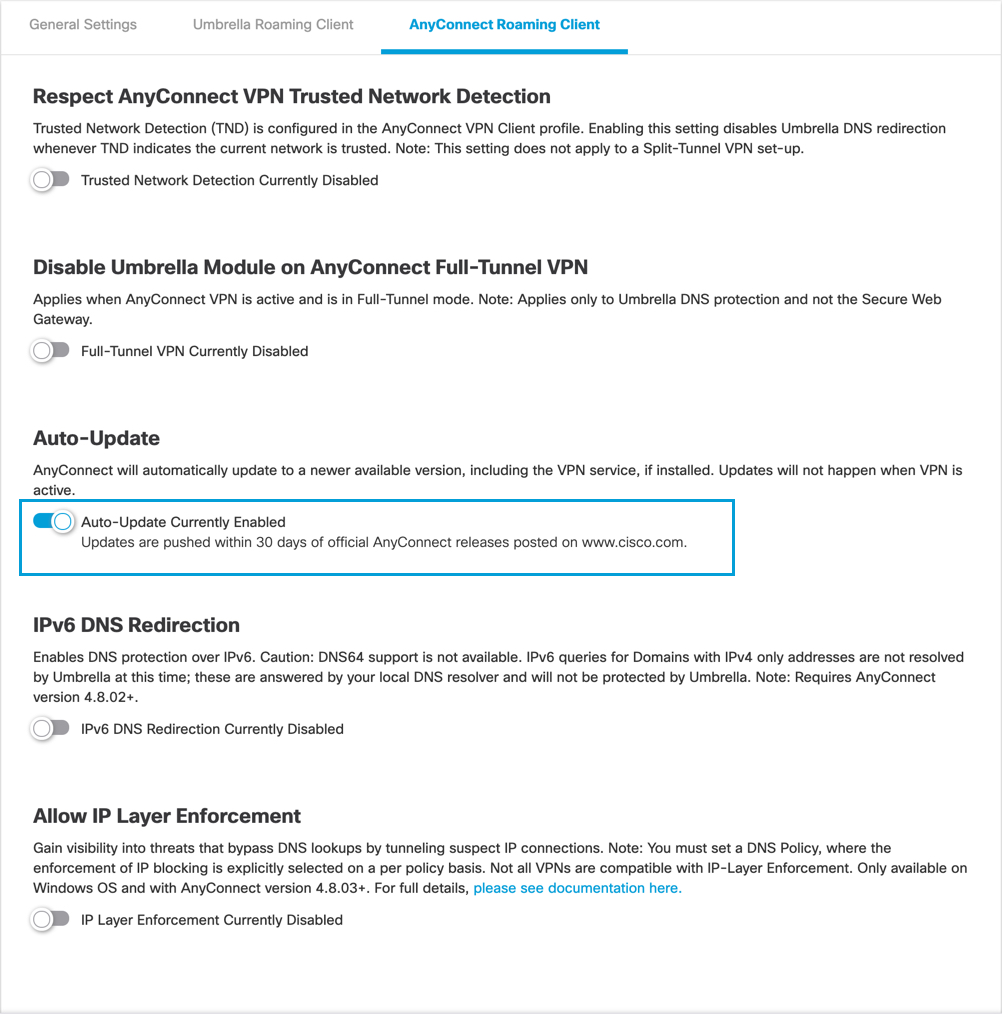- Anyconnect Please Verify Internet Connectivity Password
- Anyconnect Please Verify Internet Connectivity Free
Table of Contents
Please enter the VPN-gateway vpn.uni-marburg.de and try to connect again. AnyConnect fails with the message 'Could not connect to server. Please verify Internet connectivity and server address' The computer's Internet connection does not work. Please make sure your computer has a working Internet connection and try to connect again. 1.check if you are getting the internet connection 2. If yes search for host file in c drive and open in notepad, below is the common location. C: Windows System32 drivers etc.
Some USC online-based services require access through on-campus USC Secure Wireless or a wired network connection. USC offers a Virtual Private Network (VPN) connection to provide secure remote access to these services when you are off-campus. When off-campus, you must use the Cisco AnyConnect VPN client to access internal USC systems handling confidential or sensitive data, such as Student Information System (SIS), and file servers for specific schools and departments. The Cisco AnyConnect Secure Mobility client is a web-based VPN client that does not require user configuration.
This webpage provides instructions on how to install and connect to the Cisco AnyConnect Secure Mobility client for Windows 10 operating systems, including both 32- and 64-bit versions.

Login and Download VPN Software
- Connect to your local network.
- Go to https://vpn.usc.edu/.
- On the login screen, enter your USC NetID and Password.
- Click Login.
- After you have logged in, click AnyConnect on the left.
- In the middle of the screen, click Start AnyConnect.
- On the following Download & Install screen, click the Download for Windows button. You may be prompted to save the file, or it may automatically download to your Downloads folder.
Install AnyConnect VPN Client

- Search for the downloaded file on your computer and double-click it.
- You may see the file in the bottom left-hand corner of your screen.
- If you do not see it there, look in your Downloads folder.
- A Cisco AnyConnect Secure Mobility Client Setup pop-up window appears. Click Next. This will initiate the installation.
- On the End User License Agreement window, select I accept the terms in the License Agreement.
- Then click Next.

- Click Install. The installation will begin.
- If prompted to allow the installation, click Yes.
- If prompted, enter your computer’s Admin ID and password. This is the ID and password you use to log into the computer.
- When the installation is complete, click Finish.
Connect with AnyConnect VPN
- Search for the Cisco AnyConnect Secure Mobility Client app on your desktop (Type “Cisco AnyConnect” in your computer search bar OR select the Windows Start button and search in the menu items).
- Click to open the application.
- In the VPN pop-up window, enter: vpn.usc.edu
- Then click Connect.
- On the Welcome screen enter your USC NetID and Password.
- Click Sign in.
- On the Please verify your identity screen, click on Send Me a Push, Call Me, or Enter a Passcode to complete the Duo Two-Factor Authentication (2FA) process.
- You are now connected to the USC network through the Cisco AnyConnect VPN client.
Getting Help
Anyconnect Please Verify Internet Connectivity Password
If you need help installing or connecting to your Cisco AnyConnect Secure Mobility client, contact the ITS Customer Support Center.
Topics Map > Networking > Virtual Private Networking (VPN)
After connecting to the VPN client, Internet connectivity stops working (including network shared drives). The network connection may show up as 'Local Connection Only.'
These steps are adapted from: http://msdynamicstips.com/2011/06/27/vpn-connection-disconnects-internet-connection/.
On Windows 7:
1. Click on the Start button.
2. In the search box, type ncpa.cpl. Press Enter.
3. The Network Connections window should open. Right click on the Cisco AnyConnect Secure Mobility Client Connection. Click on Properties
4. Select the Networking tab.
5. Select Internet Protocol Version 4 (TCP/IPv4) from 'This connection uses the following items.'
6. Click on Properties. Click on Advanced. Make sure there is nothing listed under Default gateway using the Remove button to remove any that are there.
7. Close the Network Connections window. Attempt to connect to the VPN and then the Internet.
Windows 8, 8.1, 10:
Instead of using the Start button, begin with the Search tool. The rest of the Windows 7 steps will work for Windows 8.
A customer did submit this tidbit:
My computer had a software named Connectify which is used for creating ad-hoc. And in the adapter settings there was an option regarding connectify. I disabled it and everything worked fine.
Technology Services note: Any software that allows you to share your computer's network connection with others will interfere with the VPN. Uninstall or disable the software, reboot your computer, and try the VPN again.
Anyconnect Please Verify Internet Connectivity Free
